
Rendel: Cycle of Revenge US rights has been acquired by Shout! Factory. A new trailer for the Finnish superhero film…



The audiovisual industry has long recognized the importance of sustainability. The Finnish Film Foundation (SES) surveyed environmental attitudes and measures in film and TV production companies and found that almost 90% of the respondents identified ecological responsibility as a value for their company.
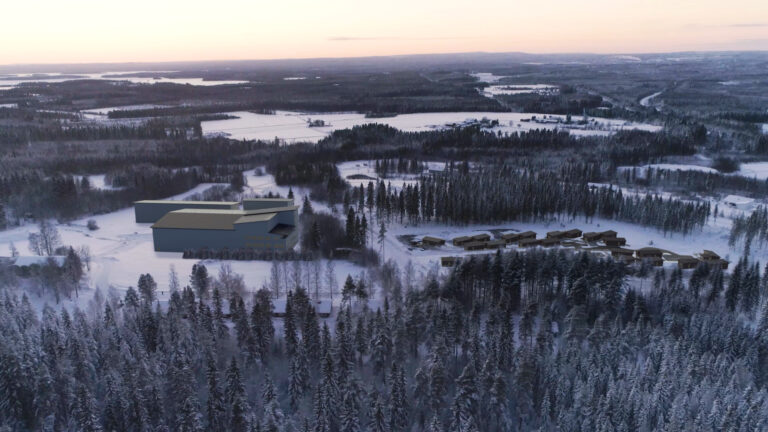
Mon Aug 1st, 2022, 3:54 pm
According to the Sustainable Production Alliance’s study “Close Up: Carbon Emissions of Film and Television Production,” the carbon emissions of film and television production companies vary depending on several factors. A total of 161 feature films and 266 television series were investigated between 2016 and 2019.
According to the study, the carbon emissions of a single big-budget film can be as high as 1.081 million kilograms. On the other hand, a medium-budget film can emit around 0.75 million kilograms and a low-budget movie up to 0.39 million kilograms.
For TV series, the carbon emissions for a one-hour episode were around 0.77 million kilos. A half-hour episode emitted just under a third, approximately 0.26 million kilos. The study considered all direct emissions from fuel, electricity consumption, flying, and accommodation sources. Fuel was typically the most significant contributor to emissions, accounting for between 48% and 56%.
Estimating carbon emissions is nearly impossible without a proper tool
When comparing the figures with other carbon-emitting sectors, the audiovisual (AV) sector has a significant carbon footprint. For example, the total carbon emissions of all Finnish households in 2019 were around 54.9 million kilograms. Calculated per person, the average emissions in Finland were around 9,950 kilograms, which roughly translates into the equivalent of the carbon emissions of about 26 Finnish households from the production of one half-hour TV episode.
On the other hand, producing one medium-length film emits the annual carbon emissions of 75 Finnish households. A big-budget film’s carbon emissions are approximately half the annual emissions of all household emissions in Finland.
However, it is difficult to estimate the Finnish audiovisual industry’s direct carbon emissions and carbon footprint without an effective metric and strategy. Furthermore, it goes without saying that at a global level, the carbon budgets of the carbon offset sector are more extensive than in Finland, so the above comparisons are only indicative. However, in 2021, Audiovisual Producers Finland (APFI) launched a project to provide a carbon footprint calculator for film productions.
Finnish audiovisual production has, in many respects, already moved towards more sustainable alternatives. Finnish filmmakers are used to limited budgets and circular economy principles: many productions are carried out by borrowing and renting expertise, equipment, and facilities.
The environmental impact of production can be calculated, for example, based on the number and quality of vehicles used and the amount of fuel, waste generated, food, the number of disposable products, and the cost of electricity and heating. Kajawood hopes that the upcoming APFI carbon footprint calculator will consider these factors appropriately.
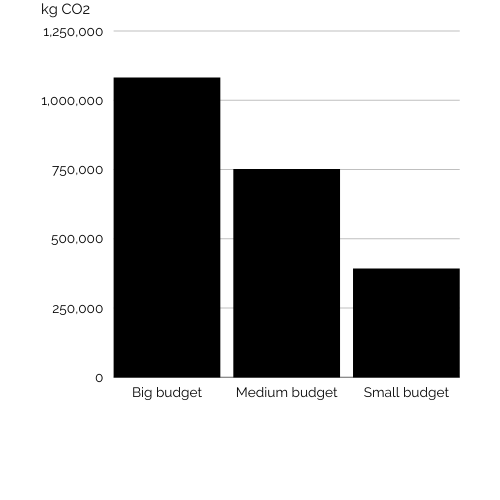
Technology and digitalization are becoming more prevalent in film productions
Digitalization plays a significant role in the audiovisual sector. However, this has been accompanied by increased emissions from the industry, as data processing servers consume large amounts of energy and produce heat. The more a production process uses information technology, the more equipment, communication, and procedures are needed. It is important to note that any operation carried out on a computer consumes electricity and thus generates heat.
Sustainable development, however, does not necessarily mean restrictions in the field of information technology or an increase in the overall costs of production!
To reduce its carbon footprint, Kajawood Studios has teamed up with a start-up business Kuulea to harness the waste heat generated by the data centers in its buildings. It is estimated that making a 90-minute animated film, for example, generates enough waste heat for a family of four for around 28 years.
Kajawood Studios aims to lead the way in sustainability
The APFI carbon footprint calculator may be a long time coming, but that hasn’t stopped the film industry from taking action. Kajawood Studios in Sotkamo, Finland, reduces its carbon footprint with world-class unique cloud computing and heating solutions. This will allow the company and its partners to operate in line with the audiovisual sector’s sustainable development strategy.
The solution involves a Finnish technology partner, Kuulea, whose CEO, Kari Koivisto, states that almost all the waste heat from the studio’s servers can be used to heat the company’s premises. During the summer, the same heat is stored in a geothermal well for later use in the winter.
The Kuulea system also allows Kajawood Studios to report to its customers on the carbon footprint of each animation and work process, for example. The studio’s on-site servers are used in particular for effects and post-production for film production. Kajawood Studios wants to be at the forefront of responsible film production. In addition to geothermal and data heating, the studio uses solar energy for its energy and heating solutions.
Logistically, there are also fewer emissions, as the concept of the studio village is to locate equipment, services, and facilities as close as possible, including accommodation and catering. Kajawood Studios also offers its VFX rendering capability to other filmmakers; read more about it from its website.

Rendel: Cycle of Revenge US rights has been acquired by Shout! Factory. A new trailer for the Finnish superhero film…
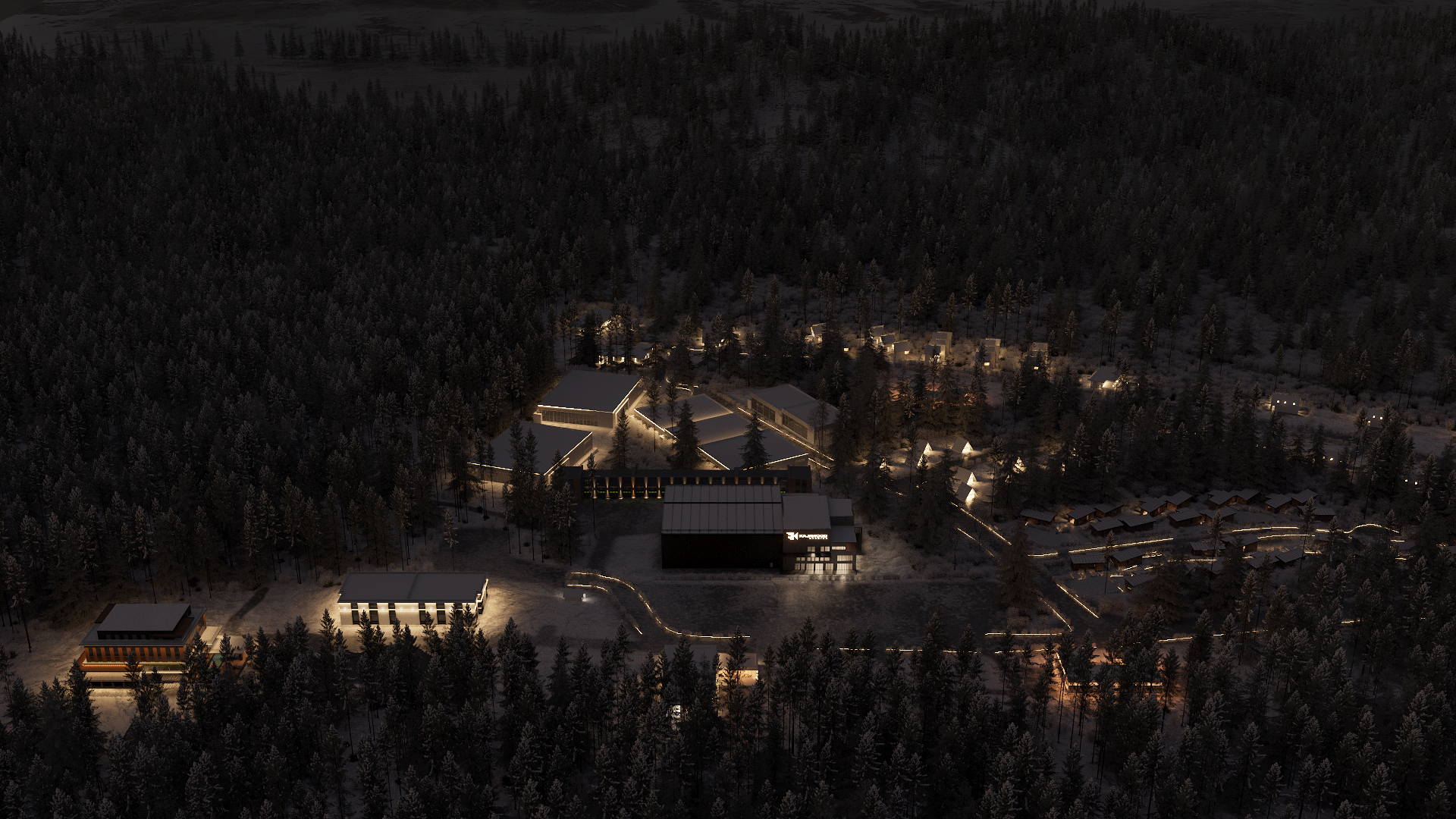
Kajawood Studios ja vihreän teknologian start-up-yritys Kuulea ovat sopineet merkittävästä yhteistyöstä.

Kajawood Studios ja vihreän teknologian start-up-yritys Kuulea ovat sopineet merkittävästä yhteistyöstä.
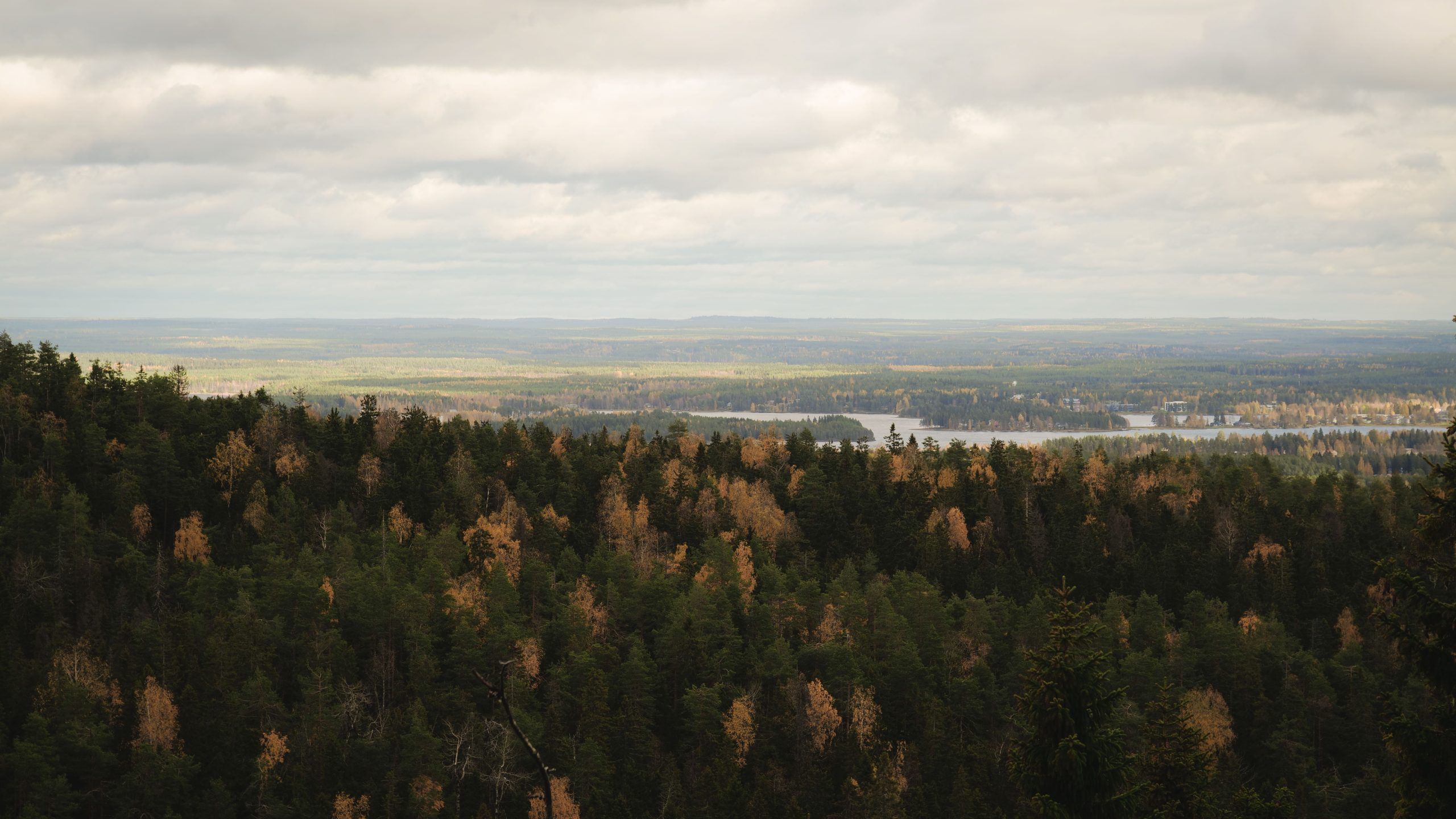
The Kajawood film studio and a green technology start-up Kuulea have agreed to collaborate. Kuulea supplies the film studio with…
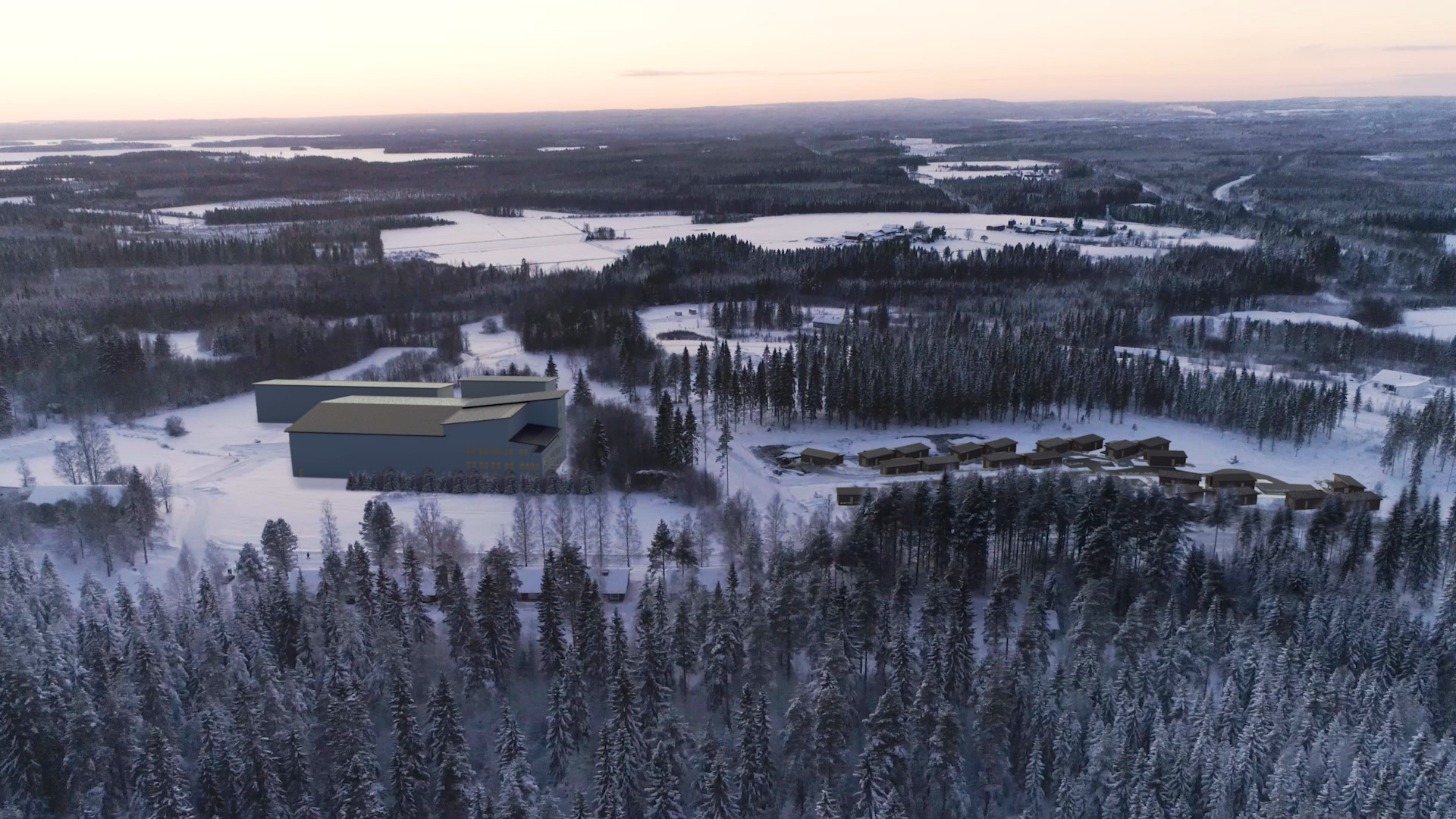
A concept State-of-the-art film studio will open early 2023 in Sotkamo, Kainuu region, Finland.

Kajawood Studios will be the home of the ‘KARL’ project for all pre/post production as well as indoor sets. The…